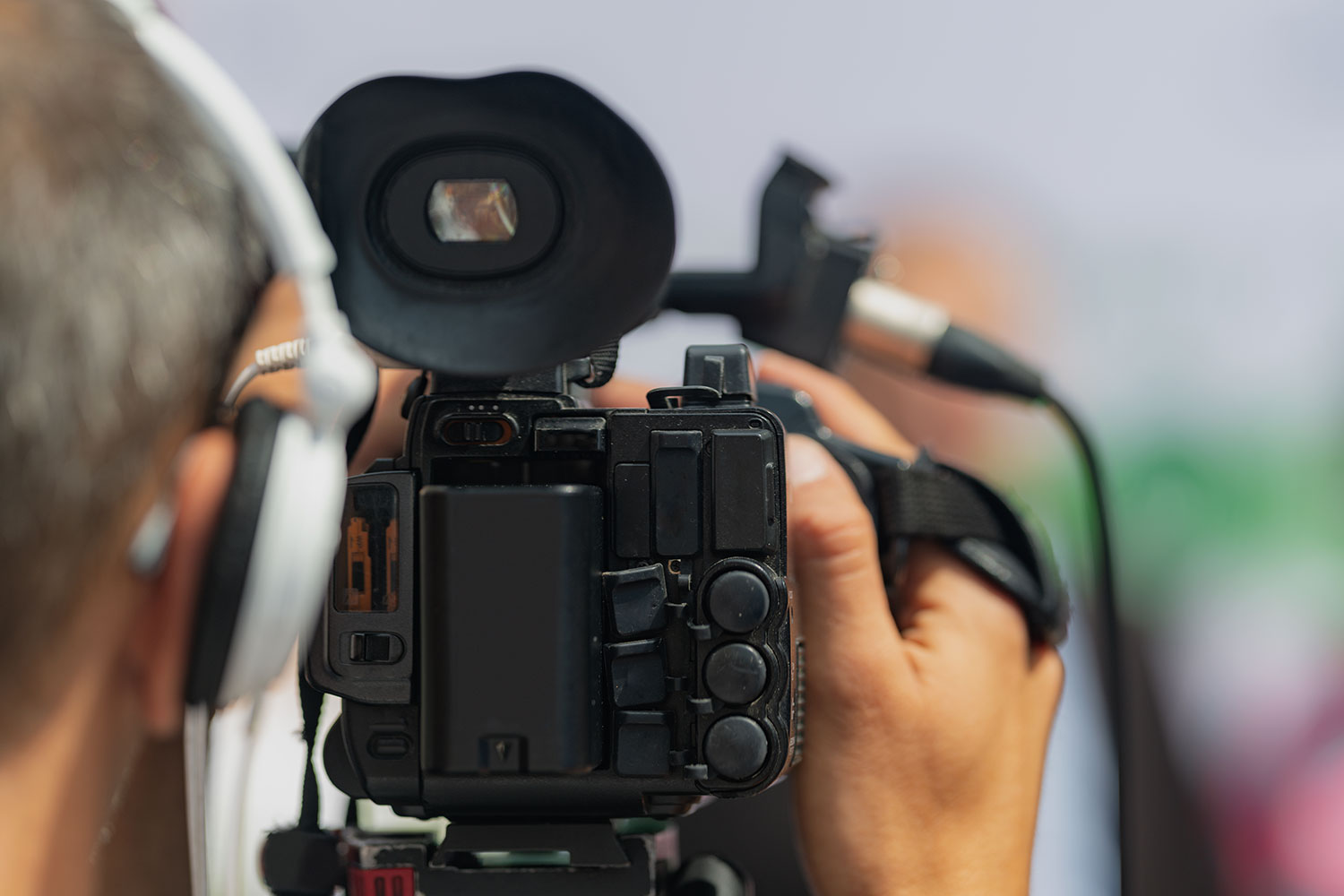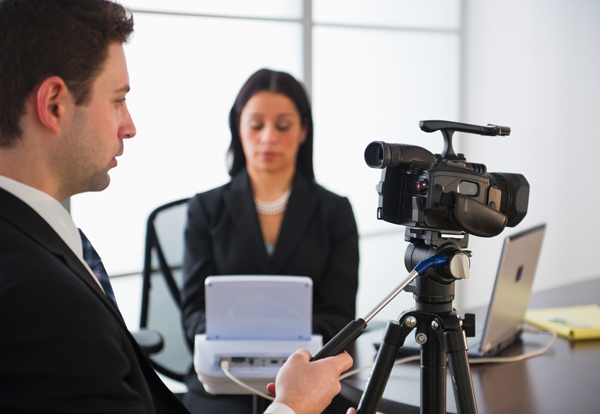Legal Videography: Transforming the Way Evidence is Captured and Offered
Diving Into the Systems of Legal Videography: Introduction Its Procedure in Shielding Authentic Visual Testimony for Judicial Procedures
In the realm of judicial procedures, the function of lawful videography stands as a keystone in preserving and offering aesthetic evidence. As innovation remains to advancement, the devices behind lawful videography have become progressively complex, providing a vital layer of authenticity to statements captured on video clip. By diving into the operational complexities of lawful videography, one can uncover the precise processes that safeguard the honesty of aesthetic evidence presented in court rooms - Legal Videography. This expedition not just clarifies the historical evolution of lawful videography yet also means the future trends that might additionally change exactly how aesthetic testaments are maintained in the realm of justice.
Historical Advancement of Legal Videography
Checking out the historic development of lawful videography reveals a substantial improvement in the capturing and presentation of visual evidence within the legal landscape. In the past, legal procedures heavily relied on created records and pictures to record occasions and provide evidence. However, with the arrival of video clip innovation, the legal market witnessed a paradigm shift in how visual testament was recorded and offered.
The development of lawful videography can be mapped back to the late 20th century when advancements in video clip recording equipment made it extra accessible for use in court rooms. This technological development not just boosted the accuracy and reliability of aesthetic evidence but also changed the means situations existed to juries and judges (Legal Videography). Attorneys started to recognize the persuasive power of video clip recordings in sharing feelings, nuances, and non-verbal signs that written transcripts or pictures alone could not record effectively

Modern Technology Developments in Video Documentation
What essential technical advancements have revolutionized video clip documentation in the legal area? The legal area has actually seen considerable innovations in video clip paperwork innovation that have actually improved the credibility and integrity of aesthetic proof in judicial procedures.
Furthermore, improvements in video clip encryption and watermarking modern technologies have boosted the safety and tamper-proof nature of video clip evidence, securing it versus unauthorized changes or meddling. The arrival of cloud storage space solutions and remote access abilities has streamlined the storage, retrieval, and sharing of video proof, assisting in smooth cooperation amongst lawful specialists and ensuring efficient access to crucial aesthetic statements when needed. These technological developments in video paperwork have definitely reinvented the lawful area, improving the accuracy, trustworthiness, and admissibility of aesthetic proof in judicial procedures.
Function of Legal Videographers in Courtroom Setups
The evolution of video clip documents innovation in the legal area has necessitated an essential duty for lawful videographers in court settings, making certain the honesty and dependability of visual testaments provided during judicial process. Lawful videographers play an essential role in recording and maintaining precise visual evidence that can be crucial in court cases. Their responsibility reaches establishing up tools, tape-recording process, and creating top quality video clips that accurately next page mirror the events in the court.
Additionally, lawful videographers usually work carefully with lawful groups to make certain that the video clip proof aligns with the case's demands and can be successfully provided in court to sustain the lawful debates being made. On the whole, the duty of lawful videographers in courtroom settings is vital in maintaining the principles of justice and making certain the openness of legal proceedings. Legal Videography.

Ensuring Admissibility and Integrity of Video Proof
To maintain the reliability of aesthetic proof presented in legal process, ensuring the admissibility and stability of video clip this post proof is a critical obligation for lawful videographers. Admissibility describes the approval of proof by the court, and for video evidence to be acceptable, it has to fulfill certain criteria. Lawful videographers play a crucial role in making sure that the videos they capture conform with the policies of proof, such as importance, credibility, and integrity.
Integrity of video evidence involves maintaining the originality and accuracy of the footage from the time it is videotaped until it exists in court. This includes safely saving the video clip data, recording the chain of protection, and protecting against any kind of meddling or modifications. Legal videographers should comply with stringent procedures to ensure the honesty of the video evidence and stop any type of difficulties to its authenticity.
Future Trends in Legal Videography
Offered the increasing dependence on modern technology in legal proceedings, lawful videographers are positioned to embrace cutting-edge innovations forming the future of visual testament capture and presentation. One of the famous patterns on the horizon is the assimilation of online fact (VR) and augmented fact (AR) innovations right into legal videography. These technologies have the possible to transform how aesthetic evidence is provided in courtrooms, allowing juries and courts to immerse themselves in the scene of the criminal offense or occurrence.
In addition, the use of artificial intelligence (AI) formulas for video evaluation is expected to enhance the procedure of evaluating and assessing big quantities of video footage. AI can view it help in recognizing essential minutes, abnormalities, and patterns within videos, improving the performance of legal examinations.

Final Thought
In verdict, legal videography has actually played a critical function in giving authentic aesthetic evidence for judicial procedures. Through technological advancements and the experience of legal videographers, the stability and admissibility of video clip proof are made sure in court room settings. As legal videography remains to advance, it will certainly be vital to support criteria that maintain the accuracy and integrity of aesthetic statement for the future of lawful proceedings.
Taking a look at the historical development of lawful videography exposes a significant improvement in the recording and presentation of visual proof within the legal landscape.The development of video clip documentation innovation in the lawful field has actually required an important role for lawful videographers in court setups, making sure the integrity and dependability of aesthetic testimonies provided throughout judicial procedures. Additionally, lawful videographers commonly function carefully with lawful teams to guarantee that the video clip proof straightens with the instance's needs and can be properly presented in court to support the legal arguments being made.To keep the integrity of aesthetic evidence offered in legal process, making sure the admissibility and stability of video evidence is a vital obligation for lawful videographers. As legal videography proceeds to evolve, it will be necessary to promote requirements that maintain the accuracy and dependability of visual statement for the future of legal procedures.